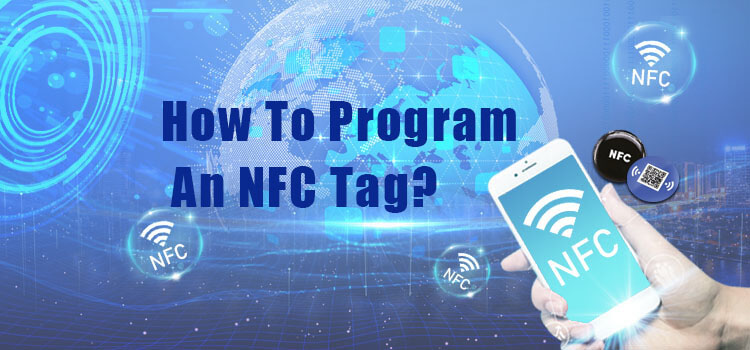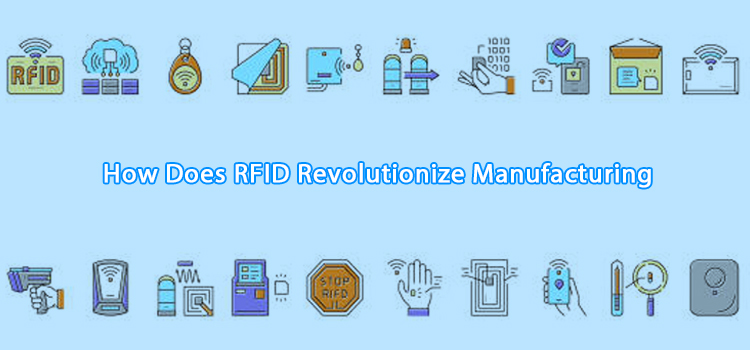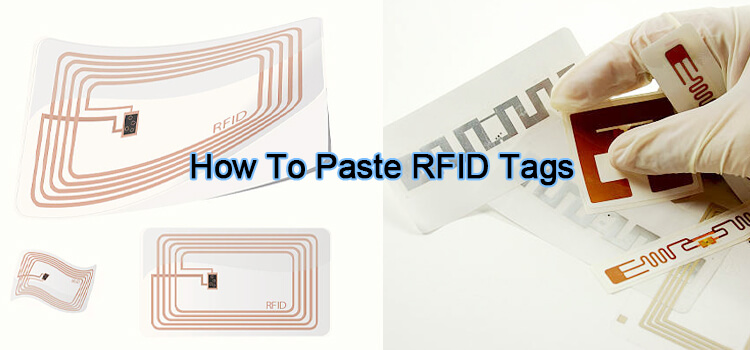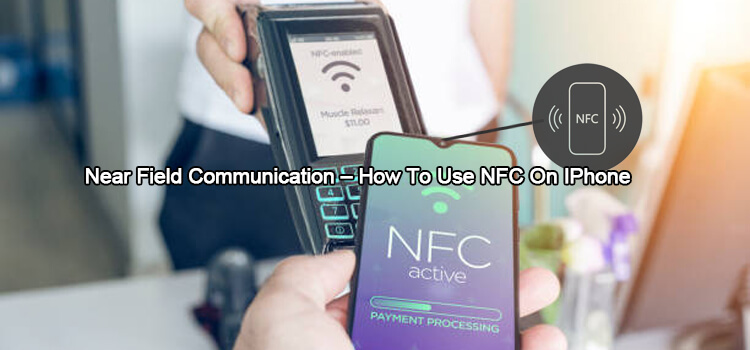If you just bought an NFC tag, you might be wondering how to program it. Luckily, programming NFC tags is easy. Here, we show you how to program NFC tags using Android and iPhone devices.
NFC Definition
NFC, or Near Field Communication, is a technology that allows devices to communicate with each other when they are close together. Note that the devices must be approximately 4 inches from each other.
The communication depends on NFC tags. These are small stickers that can be programmed with information such as a website address, phone number, or contact information.
An NFC device can either act as a tag or a reader. A tag is a device that stores information, and a reader is a device that can retrieve information from tags. For example, if you want to send a file to someone, your phone will be the tag, and the recipient’s phone will be the reader.
Besides sharing information/files, you can use NFC tags for other smart applications, including:
- Automatically open a web page when you walk into a store
- Logging into your Wi-Fi network
- Triggering an action on your phone, such as turning on the flashlight or playing music
- Starting your car
These are just a few examples of what you can do with NFC tags. Otherwise, its applications are limitless.
Programming NFC Tags with Android
To program an NFC tag with Android, you will need the following:
- NFC Writer App. This app is available for free on the Google Play Store.
- Blank NFC Tag. These are available for purchase on Amazon or at your local electronics store.
Once you have installed the NFC Writer app, you should follow the following steps:
- Enable NFC. NFC settings are in the Settings Menu. If you cannot find NFC, check under “More Wireless & Networks” or “Security & Location.” Once you find NFC, you should check the box next to it.
- Open NFC Writer by Trigger App. After installing this app, you should open it. Select the add action icon in the top right corner of the app. You should then choose NFC as the location of the action.
- Add Restrictions. To add restrictions, select the “Add Restrictions” option. You will then be prompted to enter a password. This password will be required to access the information stored on the tag.
- Enter Information into NFC Writer App. The next step is to enter the information that you want to store on the tag. This includes the website address, contact information, or any other type of information that you want to share. You can also choose from pre-existing actions. For example, if you toggle the BlueTooth action on, the Bluetooth will be activated every time you read the tag.
- Click Done and Save. This option is at the bottom of the screen and allows you to save the information you have just entered.
You can always edit this information when you need to update your commands.
How to Write NFC Tag using an iPhone
Two writing methods exist for iPhone users. They include:
- Writing an Empty Tag using iPhone
- Triggering an Action
Before you start writing, you should ensure that your device is either iPhone or newer. Additionally, you should have installed iOS 13.
Writing an NFC Tag Manually
In this case, you will need a blank NFC tag and an NFC-writing application. When you meet these requirements, you should follow these guidelines:
- Step 1: Install the NFC Tools Application.You can get the app from the Apple Store. It helps you to write and manage data on NFC tags.
- Step 2: Open the App. After installation, open the NFC Tools app. You should then click the Write option.
- Step 3:Add Record. After clicking Write Button, you will be asked to add a record. Tap the “+” button in the top-right corner and select NFC Tag from the menu.
- Step 4:Select Action. After adding an NFC tag, you will be prompted to select an action. If you want to write data, you should scroll down and choose “Data Write.”
- Step 5:Enter Details. In this step, you enter any other action you need. It could be a text, URL, contact, or anything else you want.
- Step 6:Save Tag. After filling in all the necessary information, save the tag by tapping on the “Save” button in the top-right corner.
After following these simple steps, you have successfully written an NFC tag using your iPhone device.
How to Trigger an iOS Shortcut
This is, by far, the easiest method to write NFC tags with an iPhone. It doesn’t require any third-party applications and uses the built-in Shortcuts app.
To get started, follow these steps:
- Open the In-Built Shortcut App. You can access this app by opening the Settings app and selecting Shortcuts.
- Create a New NFC Tag Action. In this step, you create a new action that will be triggered when you tap an NFC tag. You tap the Automation option and select Create Personal Automation. Select the “+” button in the top-right corner and choose NFC Tag from the menu.
- Click on the NFC option and check the scan option. Put your phone next to your NFC tag.
- Name the Action and Save. After scanning the tag, you will be asked to name the action. Type in a memorable name and save it by tapping on the “Create” button in the top-right corner.
- Add an Action. You should now have a new NFC tag action. To add an action, tap on the “+” button in the top-right corner and select an action from the menu.
- Complete the Action Details. After selecting an action, you will be asked to complete the details. This includes filling in information such as the title, description, and tags.
- Click Next. After adding the action, click on the “Next” button in the top-right corner.
- Customize Your Action. You can now customize the action to your needs. This includes changing the color, icon, and more.
- Click Done. After customizing the action, click on the “Done” button in the top-right corner.
Once you are through with this process, you can now test your NFC tag. Simply tap the tag, and the action will be triggered.





